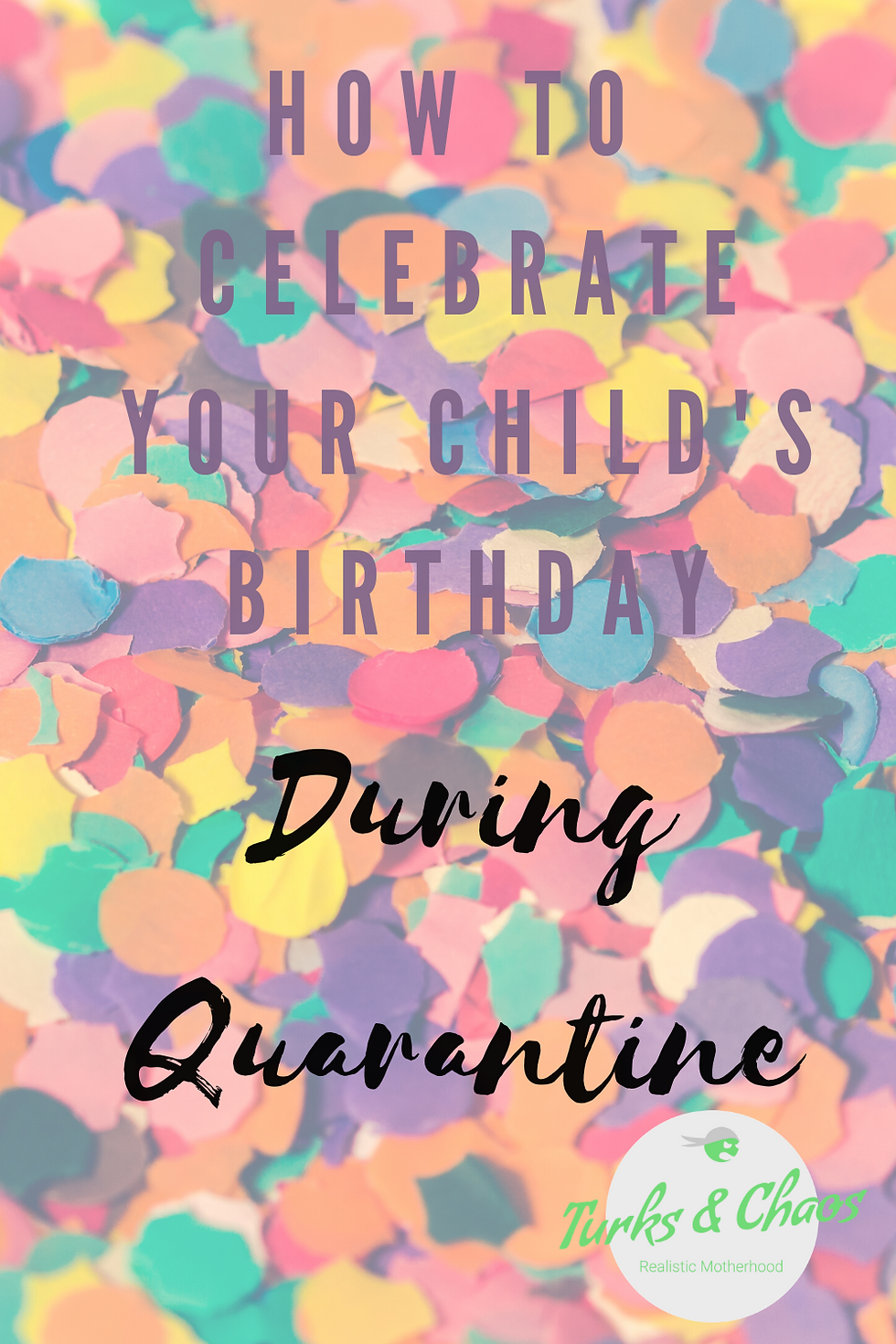Earthquake Preparedness
- Patricia Turk
- Jan 14, 2020
- 4 min read
Updated: May 28, 2020
Recently, we've had small quakes happening everyday around us in California thus, resulting in some observations that maybe.....the big one is looming.
This prompted me to get my butt in gear and finally put together an emergency kit and walk through the steps with my kids for what to do in the event an earthquake rattles through.

What to do during an Earthquake:
Drop. Cover. Hold On.
Don't try to run out of your house or building. Instead, drop down to the ground and under a desk or sturdy table if possible, cover the back of your head and neck, then hold on to the leg so it doesn't move away from you during the shaking.
If you are in bed, stay there. You should lay face down and cover the back of your head with a pillow. Beds should be moved away from windows and there should be nothing hanging above the beds such as mirrors or heavy frames and shelving.
TVs should be mounted and secured and heavy or breakable items should be stored on low shelving to prevent injuries in the event that an earthquake shakes them down.
If you are driving, pull over safely out of traffic away from power lines or street lights. Stay parked and in your car until the earthquake is over.
If you are outside, stay there. Make sure that you are in an open area away from trees, buildings, and power lines or anything that could fall on you or injure you.
A doorway is no stronger than any other part of your home structure.
Have sturdy shoes near your bed at all times to throw on to protect your feet in the event that there is glass or other shattered items on the ground.
Smell around for any signs of gas leaks and take a look around for damage. Have a gas shut off tool in the event you have to turn off the valve.
Be prepared for more shaking during aftershocks.
Have an emergency kit prepared in the event of power outages and water shutoff or contamination. This should be something you are able to easily access and portable-in the event your house becomes unsafe and you need to flee.
For our family emergency kit, we packed it all in an old suitcase so that it easily stores in our coat closet and wont take up too much room in our car in the event we need to escape with family and dogs in tow.
What to pack in an emergency kit?
Water
It's recommended to have at least a 3 day supply of clean water. But 14 days is best! You'll need extra if you'd like more water for personal cleaning uses.
*Don't forget extra water for your pets!
The common definition of a 3-day supply is 3 gallons per person—a gallon per person, per day—half to drink and a half to use for cooking and sanitation.
Obviously, having multiple gallons of water will be difficult to move if you have to leave your home quickly, so make sure you have the 3 day supply in the portable emergency bag.
Food
3 day supply minimum of non perishable food.
Food should be shelf-stable, nutritious, and shouldn't require cooking. Freeze-dried meals, canned meats such as chicken, tuna, spam, Vienna sausages. Peanut butter, popcorn, oatmeal, and canned vegetables are all good options. There are plenty of companies that supply emergency food solutions for prepping for a disaster.
*Don't Forget extra food for your pets!
We picked up this emergency food supply kit from Wise on Amazon.
Cash
Having cash on hand will be important. If there is a major natural disaster, chances are it will be accommodated by a power outage. Stores won't be able to accept credit and debit cards and will require cash. With cash, you'll be able to buy important supplies still.
Sleeping Bags
I keep my sleeping bags in the garage with my camping equipment which is close to my emergency supply equipment. This way, if for any reason we can't sleep in our beds or have to escape the house, we will have blankets to keep us warm and something to sleep in.
Some people add a small tent into their kit in case they end up with nowhere to sleep.
Utility Knife/Swiss Army Knife
Have a multi use tool on hand. You'll be prepared for anything you may need to cut.
AM/FM Radio
Tune in to the local emergency channel to listen to updates and important emergency broadcasts after a disaster.
Spare Batteries
You'll want to have fresh batteries to power a radio and flashlights.
Flashlights/Headlamps/Candles
Headlamps seem to be the most popular choice since it's a hands-free option which is particularly important if you have to work in the dark for cleanup or cook in the dark.
Prescription Medication
If you are on prescription medications for a health condition, ask your Dr. for an extra supply to put into your emergency first aid kit.
First Aid Kit
In your first aid kit, include things such as
Band-aids, gauze, tape, pain reliever, allergy medication, ice pack, antibiotic ointment, M95 face masks, safety goggles, personal cleansing wipes, ice packs.
Paper Plastic Utensils
You aren't going to want to use your drinking water for cleaning dishes. Have some paper plates and utensils stored away in your emergency kit
Spare change of clothes
Here is an multi use gadget: Flash light, phone charger, radio, SOS alarm, and compass.
You may want to have matches/lighter and a portable camp stove or gas burner to cook your foods. These are items I keep in my camping bin but because I keep the emergency kit next to the camping kit, that's something that is on hand and available to me in case of an emergency.
It's also important to keep your gas tank full at all times.. Don't let it go under half a tank. Gas stations could be a nightmare or out of service during disasters. And your car can help provide an energy source to charge phones and heat or cool off in extreme temps.
By failing to prepare, you are preparing to fail.
Knowing how to handle the situation when a disaster strikes will hopefully ease your family's fears. Talk with your kids about it and show them a video of what to expect. The emergency kit is your insurance and all around helpful to have these supplies on hand at home for any emergency, even to get you through hard times financially, if needed.
Another benefit is that you'll always be ready for a camping trip! :)
Listen to the episode for Earthquake Preparedness below:
For more information regarding earthquake readiness visit these websites:








Comments